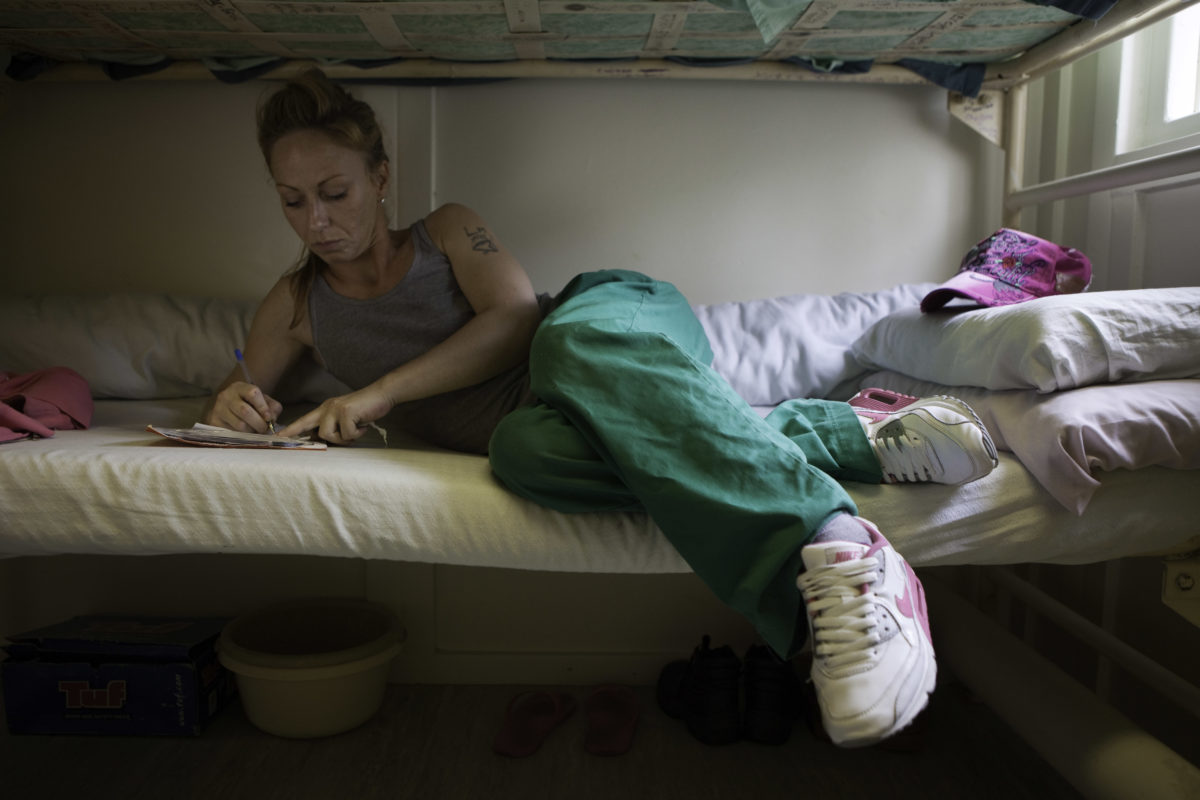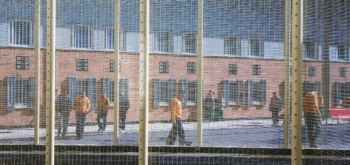A prison near Bristol is ‘setting women up to fail’ by exposing them to homelessness on release, the chief inspector of prisons has said. A new prison inspection report on HMP Eastwood Park, a women’s closed category prison based in South Gloucestershire, has found that more than two in five women are being released from the prison with no fixed accommodation to return to.
The Prison Reform Trust has called most recent statistics ‘shocking’, but the lack of support offered to prisoners upon release is a story that has hit the press many times. Earlier this year, the high sheriff of Suffolk, George Vestey DL, called the practice of giving prisoners ‘nothing more than a rucksack, £40 and a sleeping bag’ when they are released from jail a ‘personal tragedy on a multiple scale’.
In 2016, the charity Transform Justice described women being released from prison as stuck ‘in a revolving door’ and blamed this on the ‘chronic shortage’ of suitable housing options available to prisoners during resettlement.
In 2017, an annual report by the independent monitoring board (IMB) at HMP and YOI Bronzefield, a purpose-built private prison solely for women in the UK, recognised that there was ‘a desperate shortage of hostel and social housing’, and that those released ‘could end up on the streets living rough and open to abuse’. In 2018, a study found that 50 per cent of inmates at that prison left with no fixed residence in place.
Again, the IMB’s most recent report on HMP Eastwood Park highlights the same issues. Of particular concern was the fact that ‘in the months leading up to the inspection, about half of women had been released homeless and were left either to live on the streets or go to temporary emergency accommodation’, including some high-risk prisoners.
With no national data having been published since 2008, it is likely that alongside increased prison populations and pressure on social housing, the scale of the problem is even greater than individual reports realise.
The chief inspector of prisons, Peter Clarke, recalled: ‘I spoke to several prisoners who had previously experienced this and had either re-offended or left it was inevitable that they would do so if released again in similar circumstances.’
Last year, Dr Jenny Earle, director of the Prison Reform Trust, categorised this as a problem ‘only ministers can solve’. Last week, she reiterated that the cause of some of Eastwood Park prison’s failings lay ‘outside its walls’. She continued, ‘[o]ver a year on since the publication of the government’s female offender strategy, this report suggests that progress in key areas remains disappointingly slow. Women are still too often being set up to fail.’ Calls for more support from the government are therefore still being made.
The justice minister Edward Argar has said: ‘Everyone should have a safe and suitable home to live, having somewhere to live gives people a stable platform from which to access health services, hold down a job and reduces the likelihood of them reoffending.’







